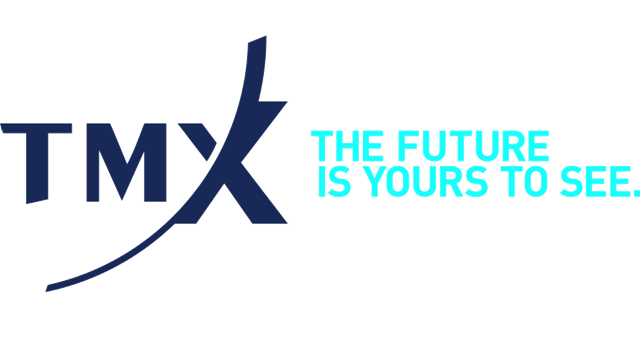Before you take the plunge and invest, you need to know which financial metrics may help you make informed decisions.
There are hundreds of company metrics that can be examined, but first, you should understand the basics:
- Total revenue—the value of goods/services sold by a company.
- Capital expenditures—how much money is spent by a business or organization on buying or maintaining assets such as land, buildings and equipment.
- Total assets—capital items that are owned (paid for).
- Total liabilities—the total of debts and financial obligations.
- Cash and cash equivalents—the value of a company’s assets that are cash or can be converted into cash immediately.
- Current/past financings—money invested in the company.
Beyond these basic financial metrics, other factors every investor should examine for each company include:
Price-to-Earnings Ratio
The P/E Ratio is a measure of the market value of a stock compared to the company's earnings. It tells you what other investors (the market) are willing to pay for a stock right now. If the P/E is high, this could indicate that the price of the stock is overvalued, and therefore not a good investment at this time. And the reverse may be true. However, don’t forget to investigate how a particular company is valued compared to other firms within the same sector. The big picture matters.
Price-to-Book Ratio
The P/B Ratio is another stick to measure whether a stock is potentially over or undervalued. It’s determined by comparing a company’s net assets to the price of all the outstanding shares.
Simply put, it’s the ratio of the market value of a company's stock (what investors are willing to pay right now) and its book value (a more conservative measure of a company's worth). Some investors like to invest in companies with a low market value in comparison to their book value in cases where they believe a stock is undervalued and its market value is therefore likely to increase.
Debt-to-Equity Ratio
The D/E Ratio tells investors how much debt a company has borrowed to finance its business. Too much debt is obviously risky, but remember that the D/E Ratio can vary from sector to sector, and a high D/E doesn’t indicate in every case whether a company is well-run or not. Debt is definitely sometimes required when a company expands or seeks to enter existing or additional markets with new products or services.
Free Cash Flow
FCF is a measure of how much cash a company generates from its business. It tells us whether a company has the cash, after paying operational and capital expenses, to pay its shareholders. If a company’s FCF is rising, its sales could be rising or its costs diminishing, or both. If a stock price seems low and free cash flow is on the rise, many investors see this as an indication that the stock value will increase.
Handle with care: evaluating companies that haven’t turned a profit yet
Determining the potential investment opportunity for firms that haven’t made a profit is very different from evaluating firms that are already making money.
There are other financial metrics to look at for companies that haven’t yet turned a profit, but potential investors should also do their best to evaluate “softer” metrics such as:
- The capability of company management (do the firm’s leaders have a proven track record? Are its leaders invested in the future of the company as material shareholders?)
- The target market for the company’s products/services (what factors are affecting the market now and which ones might affect it in the future?)
- Whether the company has a competitive advantage. (what sets it apart and makes it hard for other firms to compete with it? Some competitive advantages include a firm’s business model, level of innovation, ownership of patents and distribution model.)
By understanding these and other financial metrics, both new and experienced investors can make the wisest decisions possible. To help make data discovery easier, use TMXMoney.com for current market, index and company information for Toronto Stock Exchange and TSX Venture Exchange, and US markets.
----
This article is provided for information purposes only, is not intended to provide any trading, legal, accounting, tax, investment, business, financial or other advice, and you should not rely on it for such purposes. This article is not an endorsement, recommendation or invitation to purchase securities listed on TSX Venture Exchange or Toronto Stock Exchange. Neither TMX Group Limited nor any of its affiliates (collectively, “TMX Group”) is responsible for any errors or omissions in or your use of, or reliance on, the information in this article. This article may appear on a website not hosted or maintained by TMX Group. TMX Group is also not responsible for any errors or omissions in, or your use of, information contain in or accessed through such third party websites or links, and any views, comments, opinions or advice of any third party, contain in or accessed through such third party webistes or links, are not necessarily endorsed by TMX Group or its management or employees.

